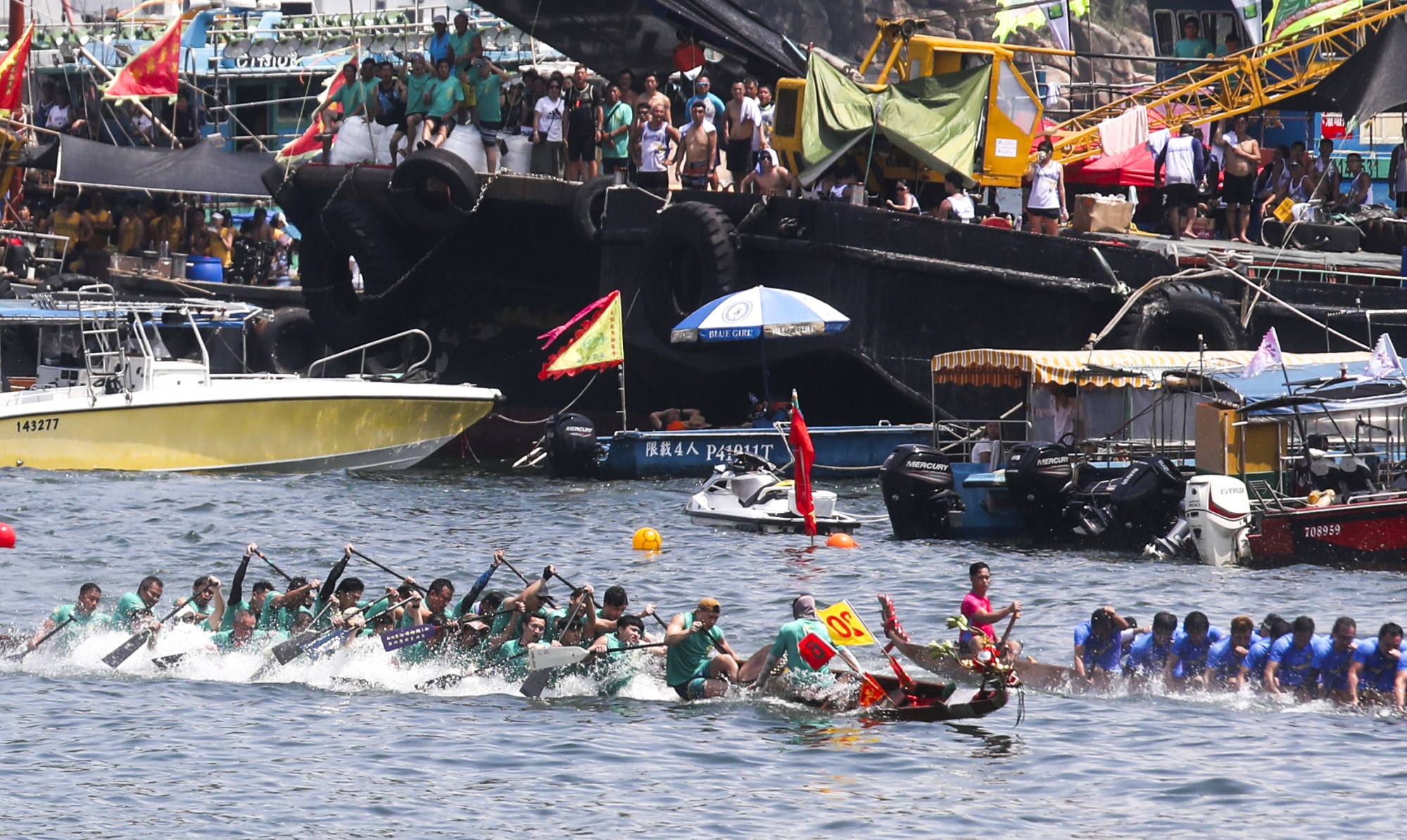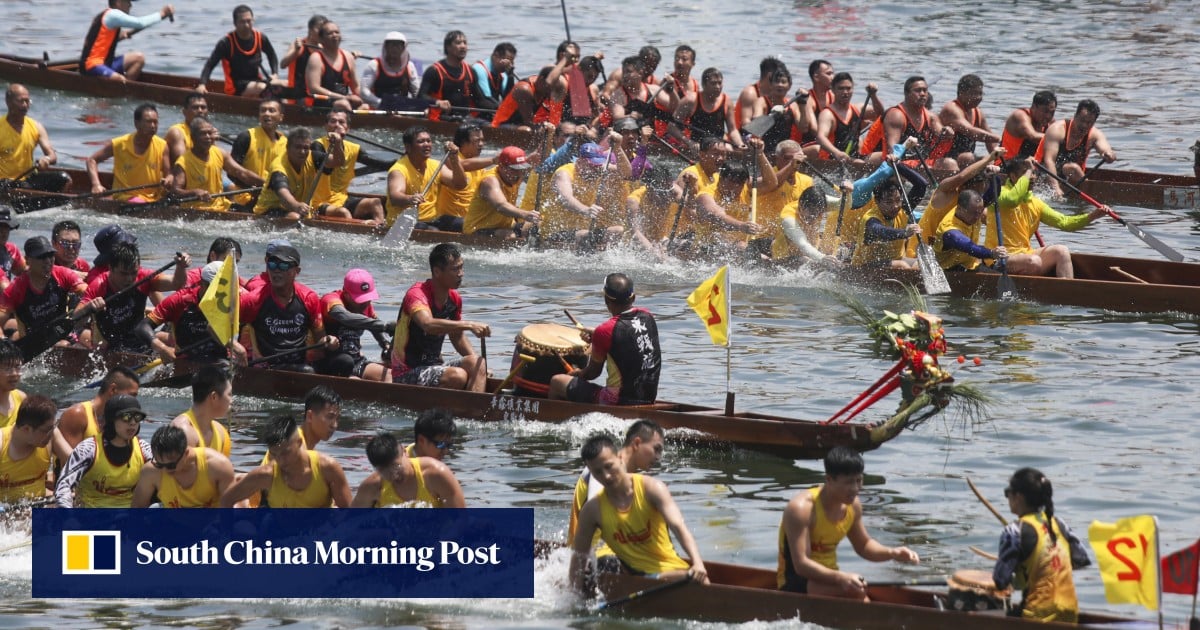On the fifth day of the fifth month of the lunar calendar – which this year falls on June 10 – spectators watch crews of paddlers compete in adrenaline-pumping dragon boat races.
Paddlers row in unison with all their might to the frenetic beating of drums as they vie to be the first to cross the finish line. Their efforts, a highlight of the annual Dragon Boat Festival, also known as the Tuen Ng Festival, are the fruit of months of practice, tears and sweat.
A tradition that once paid tribute to ancient Chinese poet, government official and patriot Qu Yuan, who lived from 339-278BC, dragon boat racing has become an internationally recognised competitive sport. Behind the stirring scenes, it is sometimes easy to forget about its essence – the dragon boat.
Dragon boat building requires meticulous artistry and craftsmanship. The vessels’ streamlined shape and precise measurements are key to their agility. The choice of material is also key to their speed – in Hong Kong, the hull is typically made from teak, while the dragon’s head and tail at either end are made from camphor wood.
Hong Kong was once home to a vibrant dragon boat-building industry, with boatyards in Aberdeen, Ap Lei Chau, Shau Kei Wan and elsewhere.
However, says an observer familiar with the industry, “in recent years, practitioners have been slowly disappearing, with many shipyards moving up north to mainland Chinese cities.
“The shipyards that have remained in Hong Kong have also quietly transitioned to include a more diverse business profile than just dragon boat building.”
Kwong Ming Shipyard in Shau Kei Wan, for instance, now also produces junks for Chinese floating restaurants.
With most of these businesses being family-run, finding someone to take them over is a problem; it is the same story for family businesses in other industries that are built on craftsmanship, such as bamboo steamer making and tailoring.

According to Guangdong Xinyu, an encyclopedia about Guangdong published in the Qing dynasty, Dongguan was revered as the “birthplace of the dragon boat”.
It records that “among the dragon boats in Guangdong, those from Dongguan are the most beautiful” and adds that, “From the first to the 30th day of the fifth month in the lunar calendar, every village in Dongguan will be flourishing with dragon boats”.
Official efforts are made to keep the traditions associated with the Dragon Boat Festival alive across Guangdong. In May, the provincial division of the Central Media Group and the province’s Department of Culture and Tourism jointly launched “Guangdong Season of the Dragon Boat 2024”, which involves more than 40 dragon-boat-themed activities.

Ceremonial rituals remain at the heart of the festival. In one ceremony, called “Awakening the dragon”, a call to revive the spirit of the festival across Guangdong, dragon boats that have been buried – considered the best means of preserving them for reuse year after year – are dug up.
The provincial government reports that Dongguan has hundreds of boatyards making dragon boats, an enormous contrast with Hong Kong, where boat building is in decline. The Dongguan yards were reported to have seen a post-pandemic boom in orders in 2023.
However, with most of these businesses being family-run, finding someone from the next generation to continue them may be difficult.
Hong Kong’s dragon boat races are still immensely popular. The Stanley International Dragon Boat Championships return this year and will have more than 5,500 participants. Yet the shift of boat building away from the city shows an artistic facet of the heritage of dragon boats is gradually being lost.

This poses the question of whether the craft can adapt and be revitalised in the modern age.
As part of efforts this year in Hong Kong to promote the Dragon Boat Festival, a #PaddleTogether Parade Truck will be stationed in Tsim Sha Tsui until June 16, where visitors can experience what it is like to be the lead drummer of a dragon boat.
While this may briefly engage spectators, the deeper-rooted problem of a lack of boat builders persists.
“Cultural preservation” has become a bit of a buzzword in recent years, but dragon boat building could become yet another sunset industry in Hong Kong.


